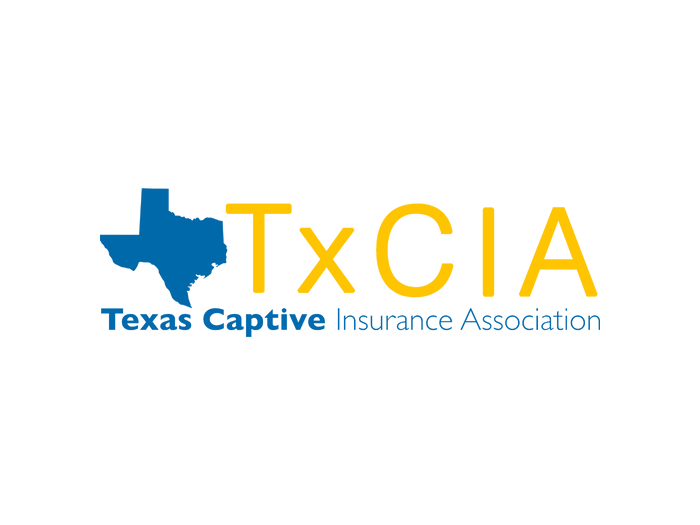Risk Insider: Nir Kossovsky
Wells Fargo, Reputation and the Wisdom of Crowds
My firm relies on prediction markets to inform indices of reputation that provide a quantitative measure of governance, risk and compliance as perceived by stakeholders. We call them reputational value metrics.
In mid-2014, Wells Fargo’s metrics were getting notably more volatile, indicating that members of the crowds of Wells Fargo stakeholders, in their wisdom, were worried.
Between June and December 2014, Wells was losing in the courts in a number of mortgage-related matters, including additional lawsuits from home lending practices thought to have been settled in 2012; new suits for “equity stripping;” discrimination against pregnant applicants; federal insurance fraud and newly discovered compliance failures.
While publicly there was no mention of the underlying issue of the current reputation crisis, which stems from Wells Fargo’s aggressive cross-selling program, it is fair to speculate that many stakeholders were both experiencing and signaling discomfort with it.
Now, with the benefit of hindsight, there are three pieces of evidence pointing to the inevitability of this crisis.
Wells Fargo lost track of the financial importance (and therefore risk) of cross-selling, misunderstood reputation risk, and mismanaged risk management at the board level.
Disclosed in unusual detail in Wells Fargo’s 10Ks of 2013 and 2014–but not 2015-was the operational risk of…
…’cross-selling’ efforts to increase the number of products our customers buy from us …[which] is a key part of our growth strategy… [with the risk being that] we might not attain our goal of selling an average of eight products to each customer.
Wells Fargo thought reputation risk and adverse publicity could impair cross-selling. It did not appreciate that cross-selling could give rise to reputation risk, notwithstanding a scathing LA Times expose in December 2013.
The company’s blindness to the risk resulted from the distribution of risk oversight among board committees.
Wells Fargo lost track of the financial importance (and therefore risk) of cross-selling, misunderstood reputation risk, and mismanaged risk management at the board level.
At Wells Fargo, Reputation Risk is under the purview of the Corporate Responsibility Committee; Enterprise Risk is under a separate Risk Committee to whom the Chief Risk Officer is also attached; Ethics/Business Conduct Risk is under the Audit Committee, and Compensation Risk is under the purview of Human Resources Committee.
This means that the reputational crisis that emerged from Wells Fargo’s cross-selling strategy with inherent compensation risk, ethical risks and operational risks sprouted and blossomed under the watchful eyes of at least four separate board committees.
The tipping point came in early September 2016 in a public disclosure that the Consumer Financial Protection Bureau (CFPB), the Los Angeles City Attorney and the Office of the Comptroller of the Currency (OCC) fined the bank $185 million.
The regulators alleged that as the result of perverse incentives, unethical behaviors and ineffective operational oversight, more than 2 million bank accounts or credit cards were opened or applied for without customers’ knowledge or permission between May 2011 and July 2015.
The classical manifestations of a reputational crisis then materialized, as customers broke off relations, employees sued, customers sued, investors sued, the stock price fell at least 7 percent, executives lost their heads and the regulators piled on.
One wonders how many Wells Fargo board members are concerned about finding themselves testifying before one of the legislative body’s many oversight committees.
One way to communicate authentic rehabilitation is to share with its competitors its strategy for mitigating this “industry-wide” risk.
While damage to the personal reputations of John Stumpf and others may be permanent, companies have a way of recovering. Wells Fargo has acknowledged the error and within a week of the September reveal, terminated the cross-selling program.
The last and most critical steps are still to come. First, the company must streamline its risk oversight process to account for the interplay between operational risks, liquidity risks, and reputational risks.
To capture the benefits of improved governance, Wells Fargo then needs to communicate its changes to the many stakeholders that now view the bank with a jaundiced eye. One way to communicate authentic rehabilitation is to share with its competitors its strategy for mitigating this “industry-wide” risk.
Another way is to communicate to those who look for vulnerabilities in governance (read, activists) that third parties are attesting — dare I say warrantying — the new improved governance processes at Wells Fargo.
Unfortunately, odds are that Wells Fargo will follow a time-honored tradition of putting the cart before the horse by first engaging in an expensive communications campaign while hiring an expensive law firm to discover what went wrong.
Time will tell.










